- Takashi Morizumi is a veteran Japanese photojournalist
who has documented the hibakusha, or radiation victims, at nearly every
nuclear disaster site around the world, including Hiroshima, Nagasaki,
the former Soviet test site at Semipalatinsk, Ground Zero in Nevada, Bikini
Island and Chernobyl in Ukraine.
-
- The radiation levels around the partially melted-down
Fukushima 1 nuclear plant are the worst he's ever experienced.
-
- In the month following the March 11 earthquake and tsunami,
he has led the first reporting teams that discovered the hot zone extended
far inland beyond the evacuation boundary. Since then, he's led two more
week-long investigative journalism visits.
-
-
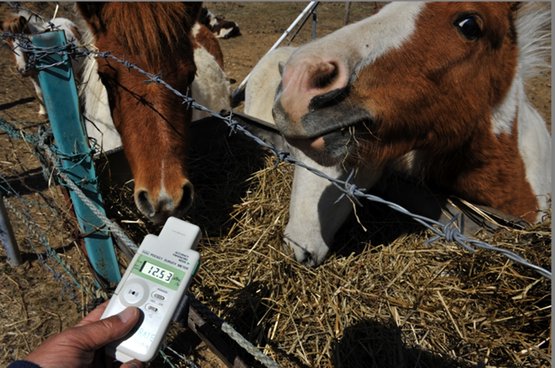
-
-
- 1. Horses of Soma were renowned for centuries as the
hard-charging steeds of the samurai of the Tohoku region. Every summer,
the horse races at Soma attract thousands of visitors. Today the tradition
of horse-riding is threatened as these colts are now exposed to high levels
of radiation in their grassy pastures.
-
-
-

-
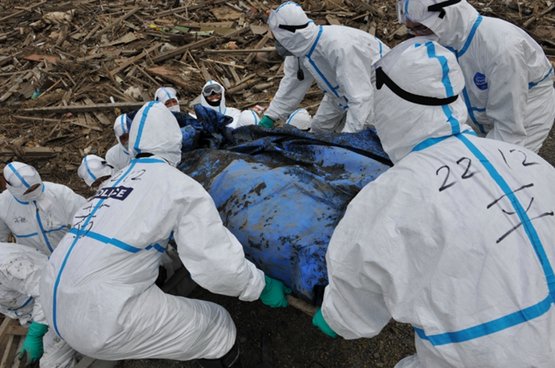
-
- 2. and 3. Due to the extremely high radiation levels
near the Fukushima 1 nuclear plant, the seaside area of South Soma is the
last site for these local police officers to search for bodies of tsunami
victims. Police officers told the journalist team that if radiation levels
had not been so high, many more residents would have been rescued.
-
-
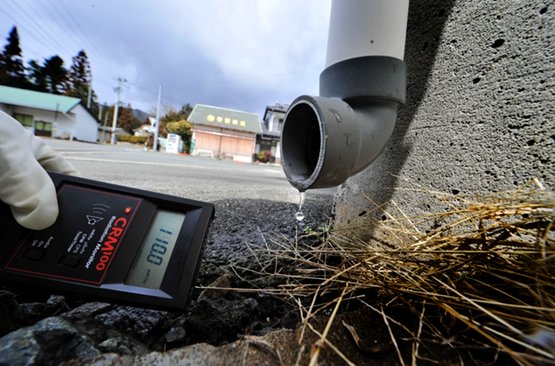
-
-
- 4. Black Rain - The rainwater from this drain pipe has
the highest level of radiation among all sites checked by our team of journalists
in their three week-long visits to the Fukushima hot zone.
-
-
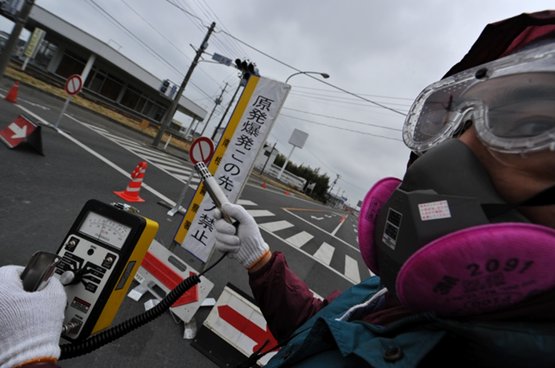
-
-
- 5. "Do Not Enter Due to Explosion Here" is
written on the sign posted by the local police, in contrast to Tokyo Electric
Power Company's claim that a less-dangerous fire had occurred. Local residents
know better than that because they could hear and feel the gigantic blast.
-
-
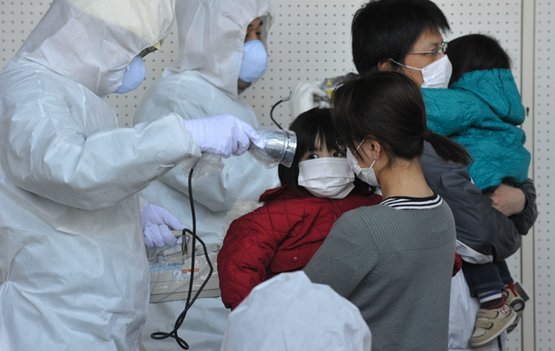
-
-
- 6. An evacuated child is scanned for radiation contamination
by public health staffer in Nihonmatsu City near the Fukushima 1 nuclear
plant.
|





